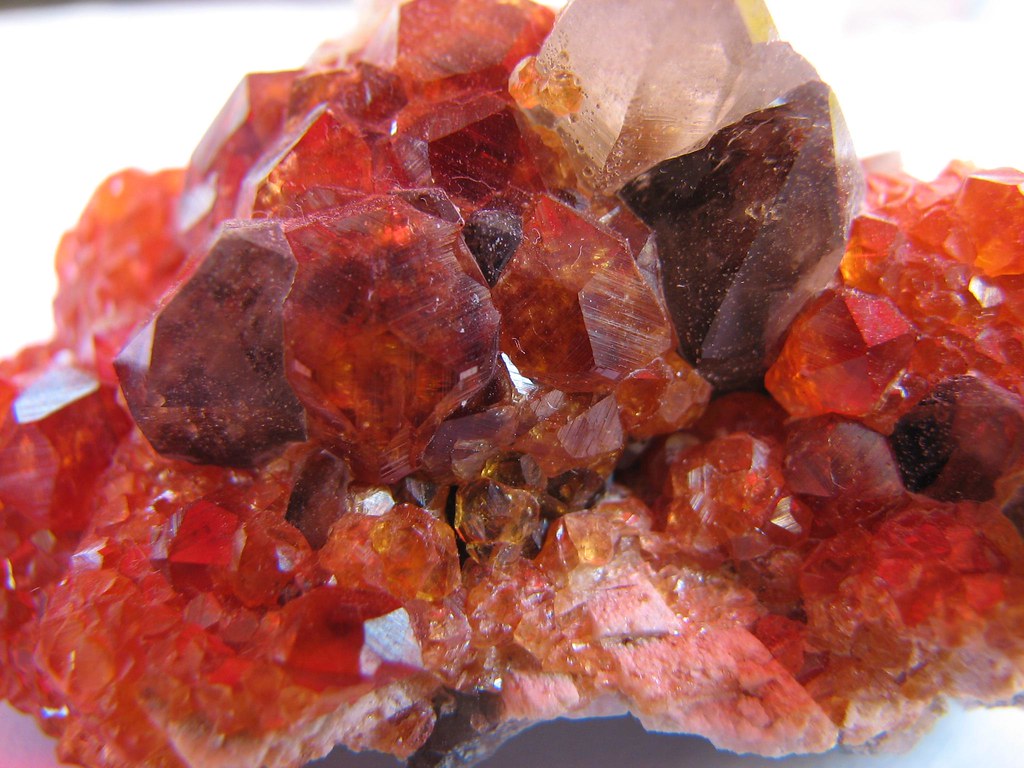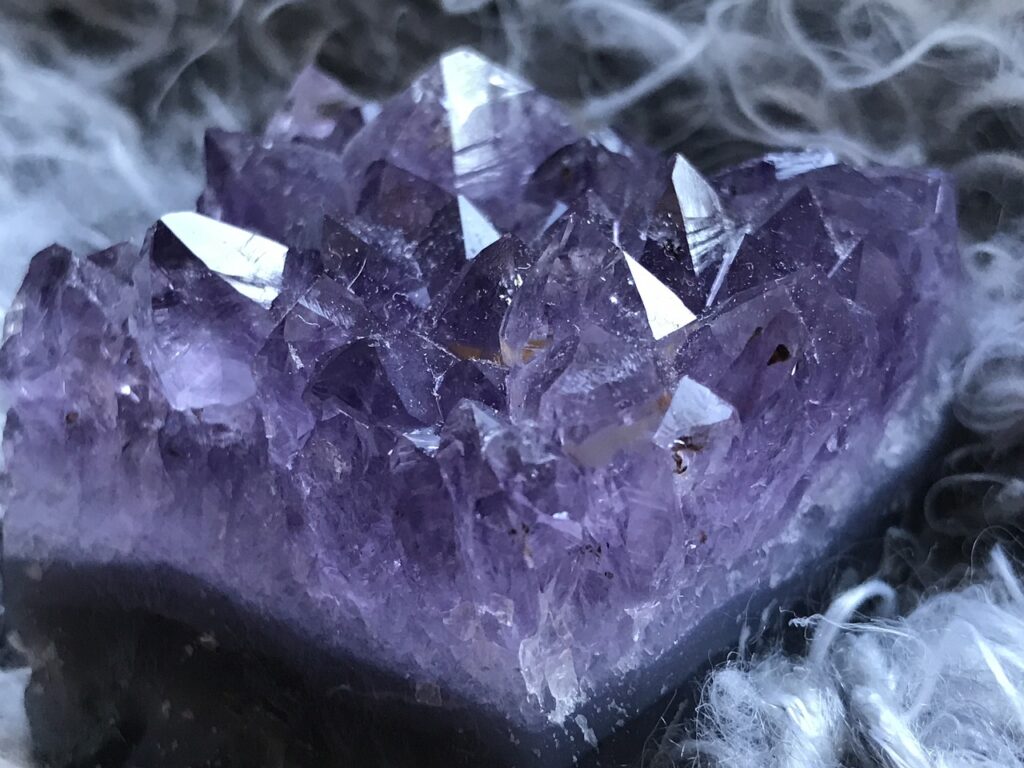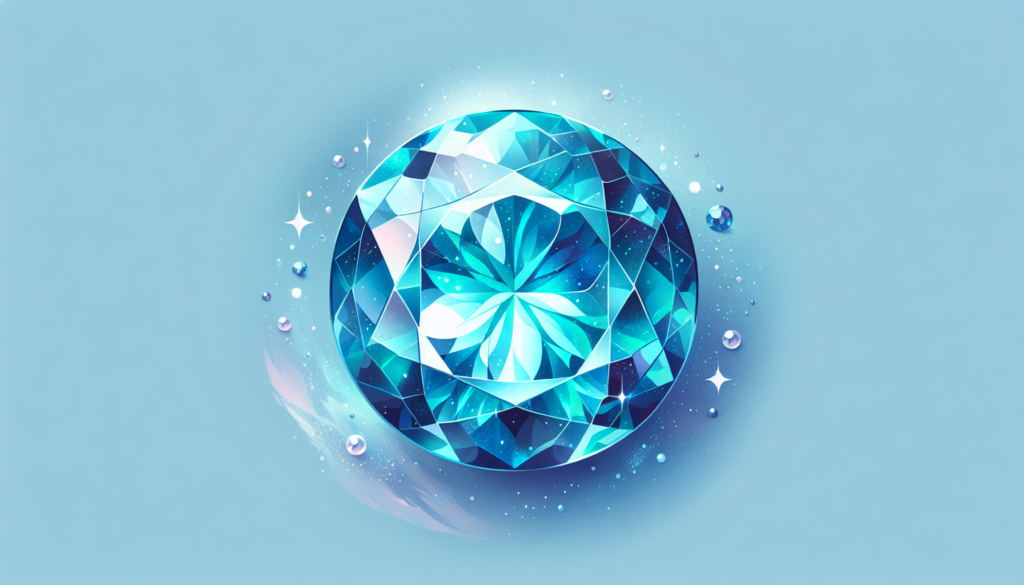The Beauty of May Birthstone May birthstone, known for its enchanting green hue, is a symbol of rebirth and renewal. This precious gemstone, often called the emerald, captivates with its radiant color and natural brilliance. With a rich history dating back thousands of years, the May birthstone has been revered for its healing properties and believed to bring good fortune to those who wear it. Whether you are celebrating a May birthday or simply drawn to its mesmerizing allure, the beauty of the May birthstone is sure to leave a lasting impression.
Overview of May Birthstone
The gemstone for May
The birthstone for the month of May is the emerald. It is a stunning gemstone known for its rich green color and its association with nature and beauty. Emeralds have captivated people for centuries, and their allure continues to this day.
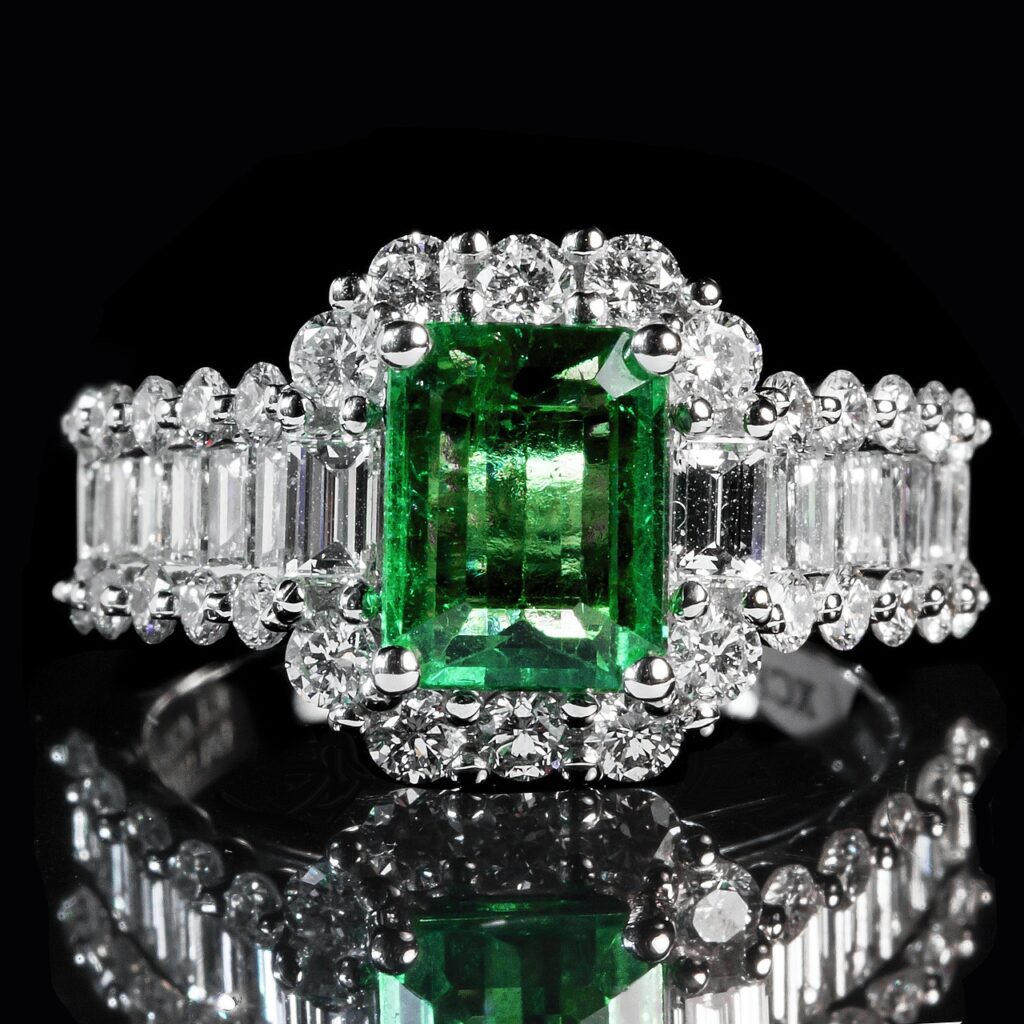
Historical significance
Emeralds have a long and fascinating history dating back to ancient times. They were highly treasured by the Egyptians, who believed that the stone symbolized eternal youth and fertility. Ancient Greeks and Romans also held emeralds in high regard, associating them with Venus, the goddess of love and beauty.
Cultural beliefs and associations
In many cultures, emeralds are believed to possess mystical powers and healing properties. They are thought to bring abundance, protection, and love to those who wear them. Additionally, emeralds are often associated with rebirth, growth, and renewal, making them the perfect gemstone for the month of May, when nature blooms and flourishes.
Characteristics of Emerald
Color and physical features
Emeralds are known for their striking green color, which ranges from deep forest green to light, vivid green. This color is a result of the presence of chromium and vanadium in the stone. The intensity of the green color is a crucial factor in determining the value of an emerald.
Physically, emeralds are a type of beryl, a mineral that also includes gemstones such as aquamarine and morganite. They have a hexagonal crystal structure and are typically transparent to slightly opaque. Their luster is vitreous, giving them a beautiful shine.
Gemstone durability
While emeralds are stunning, they are not the toughest gemstones out there. On the Mohs scale of mineral hardness, emeralds rank between 7.5 and 8, making them moderately durable. This means that they are prone to scratching and chipping if not handled with care.
Varieties and types of Emerald
There are various types and varieties of emeralds available in the market. Colombian emeralds are highly sought after for their deep green color and exceptional clarity. Zambian emeralds, on the other hand, are known for their vibrant green hue with a slight bluish undertone.
Other varieties include Brazilian emeralds, which often have a lighter green color and are usually more included, as well as synthetic emeralds, which are created in laboratories but still possess the same chemical composition as natural emeralds.
Symbolism of Emerald
Meaning behind the stone
Emeralds have profound symbolism tied to love, wisdom, and harmony. They are believed to promote emotional balance and enhance one’s ability to express love and empathy. Emeralds are also associated with dedication and loyalty, making them popular choices for engagement rings and anniversary gifts.
Symbolism across different cultures
In addition to their universal symbolism of love and harmony, emeralds hold unique meanings in various cultures. In ancient Egypt, for example, emeralds were associated with fertility and were often buried with their owners to ensure a fruitful afterlife. In Indian culture, emeralds are considered sacred and are believed to have a soothing effect on the eyes.
Significance in astrology and spiritual practices
Emeralds are highly revered in astrology and spiritual practices. In Vedic astrology, emerald is the birthstone for the zodiac sign Taurus, and wearing an emerald is said to enhance concentration, intellect, and creativity. Some also believe that emeralds possess healing properties and can alleviate eye-related issues and promote vitality.
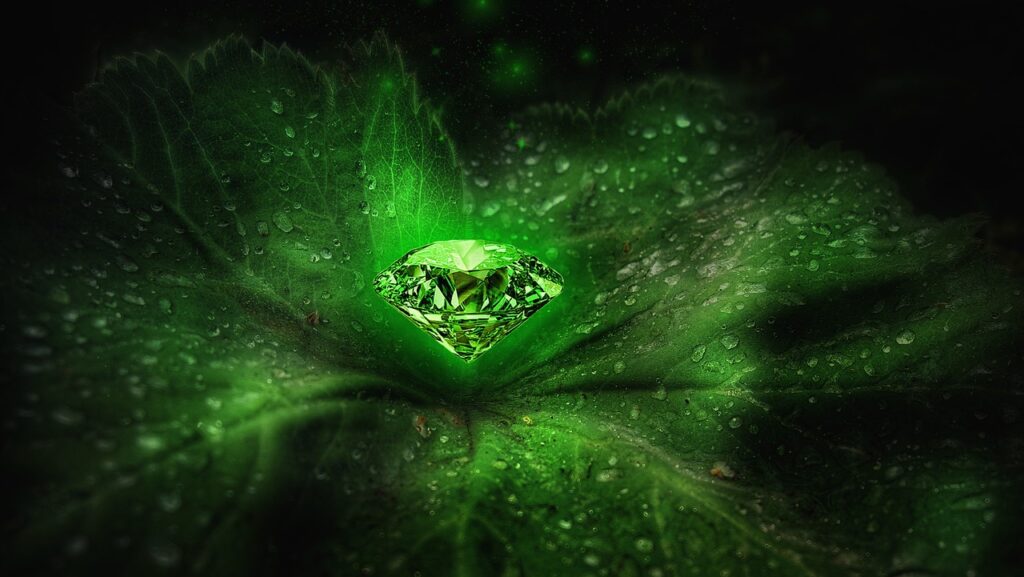
The History of Emeralds
Emeralds in ancient history
Emeralds have been cherished gemstones since ancient times. The oldest known emerald mines date back over 4,000 years, with evidence of mining operations in Egypt and Ancient Rome. The Cleopatra mines in Egypt are renowned for producing exquisite emeralds that were favored by royalty and the elite.
Emeralds in medieval times
In the Middle Ages, emeralds continued to be highly valued and were often used as symbols of power and wealth. They adorned crowns, scepters, and other royal regalia. The emerald was also associated with various religious and mystical beliefs, and it was believed to have the power to reveal the truth and protect against evil.
Contemporary uses of Emeralds
In modern times, emeralds are still cherished for their beauty and rarity. They are widely used in the creation of high-end jewelry, including rings, necklaces, earrings, and bracelets. Emeralds are also featured in many designer collections, worn by celebrities on the red carpet, and sought after by collectors and gem enthusiasts worldwide.
Sources of Emerald
Main mining locations worldwide
Emeralds are found in various parts of the world, but some locations are particularly renowned for their high-quality gemstones. Colombia is widely considered the world’s leading producer of emeralds, with its Muzo and Chivor mines producing some of the finest specimens. Other significant sources include Zambia, Brazil, and Afghanistan.
Procedures and techniques for mining
Emerald mining is a complex process that involves extracting the gemstones from their host rock. The traditional method is known as underground mining, where tunnels are dug to reach the emerald veins. However, open-pit mining is also commonly used, especially in larger-scale operations.
Once the emeralds are extracted, they go through a series of processes including cutting, shaping, and polishing to bring out their natural beauty and maximize their value.
Sustainability of Emerald mining
While emerald mining provides valuable livelihoods for many communities, it is important to consider the environmental and ethical aspects of the industry. Responsible mining practices, such as reforestation, land rehabilitation, and fair trade initiatives, are crucial to ensure the long-term sustainability of emerald mining.
Care and Maintenance for Emerald
Cleaning techniques
To properly care for your emerald jewelry, it is essential to clean them regularly but gently. You can use warm water and a mild soap to clean emeralds, making sure to rinse them thoroughly afterward. Avoid exposing emeralds to harsh chemicals or ultrasonic cleaners, as they can damage the stone.
Advice for storing Emeralds
Storing your emeralds properly is important to protect them from scratches and impact. It is best to store them in a soft cloth or a jewelry box with compartments to prevent them from coming into contact with other gemstones or metals. Additionally, avoid exposing emeralds to extreme temperature changes, as this can cause thermal shock and damage the stone.
Factors that could damage your Emerald
Emeralds, while beautiful, are relatively delicate gemstones that require special care. They can be easily scratched or chipped, so it is important to avoid activities that may subject them to unnecessary roughness. Additionally, exposure to harsh chemicals, such as household cleaners and perfumes, can dull the vibrant green color of emeralds, so it is best to remove your jewelry before engaging in such activities.
Fashion trends with May’s Birthstone
How Emeralds are used in jewelry
Emeralds are widely used in various types of jewelry, from traditional designs to modern and contemporary styles. They are often set in precious metals such as gold or platinum to highlight their vibrant green color. Emeralds can be seen in a variety of jewelry pieces, including rings, necklaces, earrings, and bracelets.
Popular design trends
Currently, there is a trend towards minimalist and dainty jewelry, and emeralds are being incorporated into these designs. Delicate emerald stud earrings, thin emerald stacking rings, and simple emerald pendant necklaces are all popular choices for those who prefer understated elegance.
Styling tips for Emerald accessories
When it comes to styling emerald accessories, there are numerous options to explore. The rich green color of emeralds complements well with earth tones, neutrals, and other shades of green. For a sophisticated look, pair emerald jewelry with black or white outfits. Additionally, emeralds can add a touch of elegance to both formal and casual attire, making them a versatile choice for any occasion.
Choosing the Perfect Emerald
What to look for in quality
When purchasing an emerald, there are certain factors to consider to ensure you choose a high-quality gemstone. Look for a vibrant and evenly distributed green color with good transparency. Inclusions, or internal flaws, are common in emeralds, but choose stones with minimal inclusions that do not significantly impact their beauty. Size, cut, and carat weight are also important considerations.
Price versus quality
The price of an emerald is determined by various factors, including its color, clarity, size, and overall quality. As with any gemstone, larger and higher-quality emeralds tend to be more valuable and thus more expensive. However, it is essential to strike a balance between size and quality to ensure you are getting the best value for your budget.
Considerations for buying Emerald jewelry
When buying emerald jewelry, it is important to purchase from reputable jewelers who can provide information about the origin, quality, and authenticity of the stone. Ask for certificates of authenticity or third-party gemological evaluations to verify the authenticity of the emerald. Additionally, consider your personal style and preferences when choosing the design and setting of the jewelry piece to ensure it aligns with your taste.
Emerald Imitations and Synthetic Varieties
Identifying fake Emeralds
Due to the high value and popularity of emeralds, there are imitations and synthetic varieties that attempt to mimic the appearance of the genuine gemstone. One common imitation is green glass, which may have a similar color but lacks the physical properties and chemical composition of a real emerald. Synthetic emeralds, on the other hand, are lab-grown and possess the same chemical composition as natural emeralds.
To identify fake emeralds, look for signs such as too perfect or flawless clarity, a lack of inclusions, and a price that seems too good to be true. If in doubt, consult a reputable gemologist or jeweler who can help determine the authenticity of the stone.
Common types of synthetic Emerald
Synthetic emeralds are created in laboratories using different processes, such as the hydrothermal method or the flux method. These synthetic varieties closely resemble natural emeralds in terms of appearance but are generally more affordable. It is worth noting that synthetic emeralds are not necessarily of lesser quality but should be disclosed as lab-grown to maintain transparency in the gemstone market.
How to differentiate between natural and synthetic Emeralds
Differentiating between natural and synthetic emeralds can be challenging, as they often have similar physical properties and appearance. However, there are certain clues that can help distinguish between the two. Natural emeralds may have inclusions or imperfections, while synthetic emeralds may appear too flawless. Additionally, gemological tests and certifications can provide further evidence of a stone’s authenticity.
Importance of Emeralds in Birthstone Astrology
Emeralds and Taurus
In birthstone astrology, emeralds are associated with the zodiac sign Taurus. Taurus individuals, born between April 20 and May 20, are said to benefit from wearing emeralds as they align with the inherent qualities of the sign. Emeralds are believed to enhance the Taurean traits of loyalty, determination, and practicality.
May month Zodiac Sign compatibility with Emerald
Those born in May, regardless of their zodiac sign, are said to have a natural affinity for emeralds. Wearing an emerald is believed to bring luck, protection, and positive energy to individuals born in this month. Whether as a birthstone or simply as a cherished gem, emeralds hold a special significance for those with a May birthday.
Effect of wearing Emerald in Astrology
According to astrology, wearing an emerald can have various effects on an individual’s life. It is believed to enhance one’s intelligence, creativity, and communication skills. Emeralds are also said to promote a sense of harmony and well-being, as well as provide protection against negative influences and energies. Ultimately, the effects of wearing an emerald may vary from person to person, but they are believed to bring positive energy and balance to one’s life.
In conclusion, emeralds are precious gemstones that hold deep meaning and symbolism. They are associated with love, harmony, and rebirth and have been treasured throughout history. Whether worn as a birthstone, a fashion statement, or for spiritual purposes, emeralds continue to captivate and inspire with their stunning green beauty.


